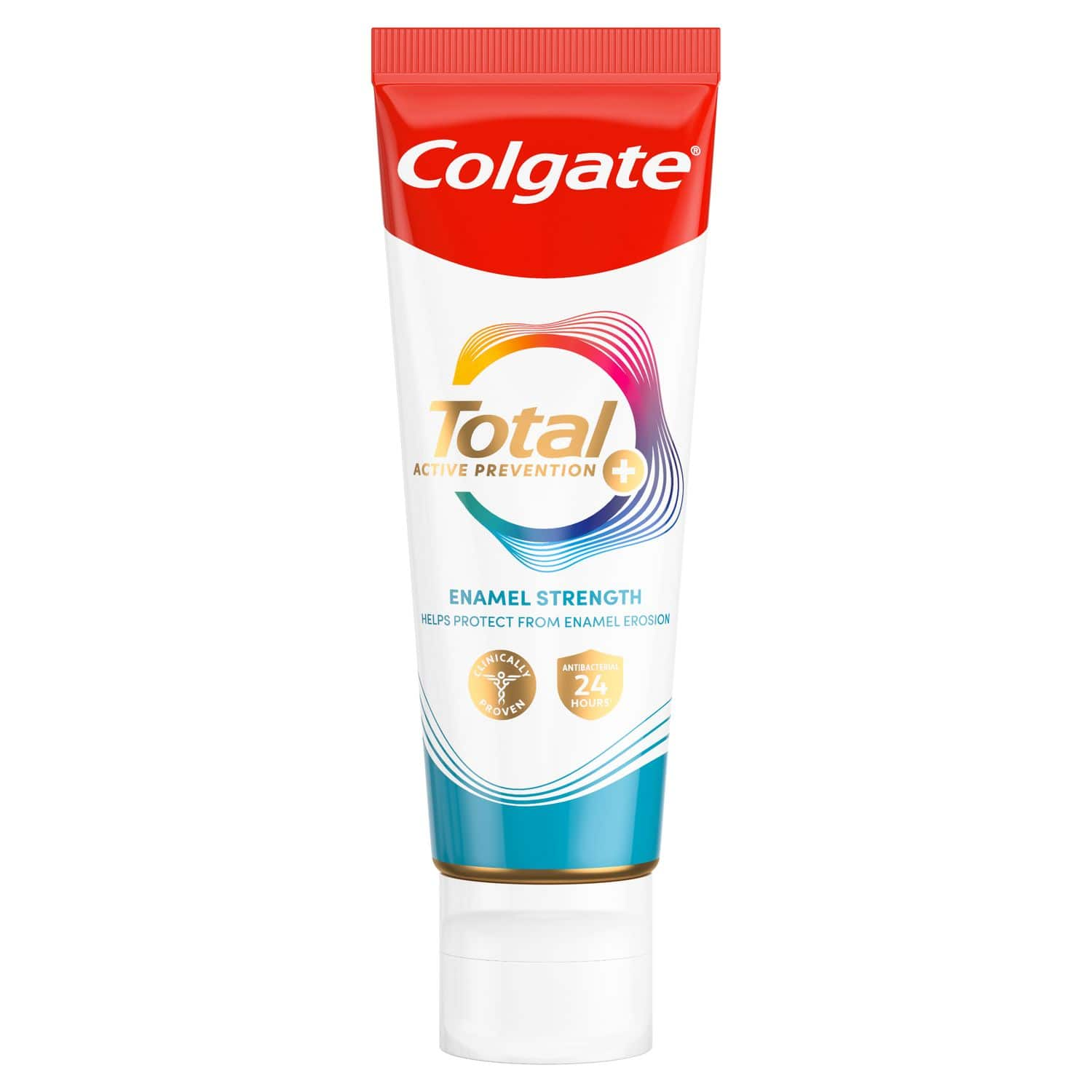Why should you floss?
Flossing between your teeth can dislodge food particles and clean hard-to-reach areas. This process reduces the number of plaque-forming bacteria in your mouth – plaque is the sticky coating that builds up on teeth and, if left, causes tooth decay and gum disease. You can choose to floss your teeth in a few ways: using standard dental floss, dental tape (which is slightly thicker and flatter), interdental brushes or a water flosser.
What are the benefits of flossing?
There are several benefits of flossing regularly including:
Flossing helps to remove food particles and plaque between teeth and along the gumline where your toothbrush can’t reach.
It’s better at removing the bacteria that causes bad breath than brushing alone.
It can remove plaque from below the gumline – if left, this plaque can erode your tooth enamel and develop into tartar.
It can reduce the risk of tooth decay and caries.
It can reduce the risk of sore, puffy or red gums i.e. gingivitis that can lead to periodontitis.
How can flossing help gums?
Many people who suffer from sensitive gums may avoid or be unsure how to floss as they believe it will make their gum problems worse, however, the opposite is true. Flossing can improve the health of your gums and, if done regularly and correctly, can prevent them from bleeding. meridol dental floss gently and efficiently removes food debris and plaque bacteria from interdental spaces, cleaning between teeth and helping to protect your mouth against caries and gum inflammation.
Why do your gums bleed when flossing?
If you’ve just started to use dental floss, it’s common to notice your gums bleeding a little. As long as the bleeding stops quickly, it’s not usually considered a problem – this can actually be a sign that you need to floss more as there is a build-up of bacteria between your teeth. However, if you’ve been flossing a while and are still noticing regular bleeding, it’s a good idea to make an appointment with your dentist to check for gingivitis or other treatable gum problems.
How to floss
You may be unsure of how to floss your teeth properly; follow these easy tips to ensure you’re cleaning between teeth effectively.
Using dental floss for cleaning between teeth:
Break off a length of dental floss and wind the ends around your fingers to secure.
Hold the floss tight, leaving around 2.5cm between your fingers.
Use a rocking motion to slide the dental floss gently between your teeth.
Gently scrape the side of the tooth, moving away from the gum. Repeat on either side for every tooth gap.
Don’t forget the back of your last tooth.
Start at the top and work from left to right, then repeat at the bottom. This way you won’t miss any teeth.
Using interdental brushes for cleaning between teeth:
Use interdental brushes once a day before brushing with your toothbrush.
Be sure to use the correct size of brush for the spaces between your teeth – you may need to use more than one size.
Insert the brush gently between your teeth and move it back and forth to remove any food or plaque.
Try a smaller brush if it feels too tight – don’t force the brush into the space.
Start at the top and work from left to right, then repeat at the bottom. This way you won’t miss any teeth.
Many people are unsure whether to floss before or after brushing your teeth, however, it’s recommended to floss before brushing to release food or bacteria particles, then brush them away using your toothbrush and toothpaste. It’s helpful to stay informed of the benefits of flossing; use this method along with regular dentist visits to keep your teeth and gums healthy.
This article is intended to promote understanding of and knowledge about general oral health topics. It is not intended to be a substitute for professional advice, diagnosis or treatment. Always seek the advice of your dentist or other qualified healthcare provider with any questions you may have regarding a medical condition or treatment.
ORAL HEALTH QUIZ
What's behind your smile?
Take our Oral Health assessment to get the most from your oral care routine
ORAL HEALTH QUIZ
What's behind your smile?
Take our Oral Health assessment to get the most from your oral care routine











